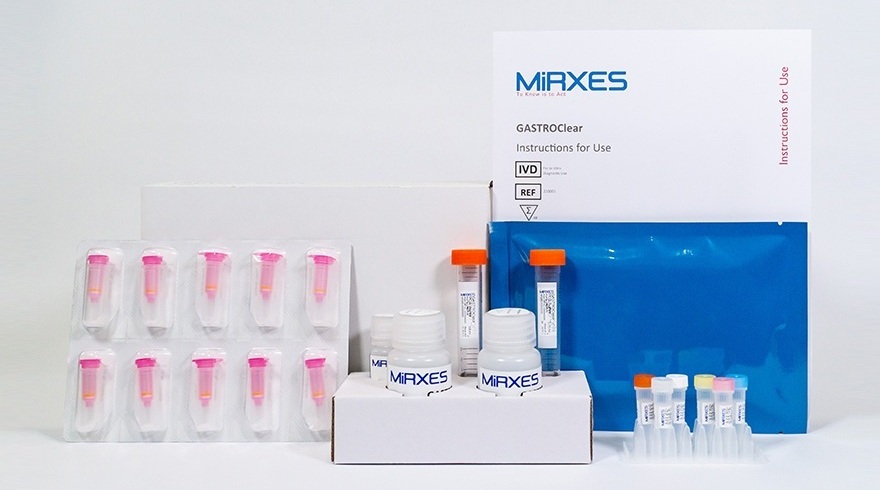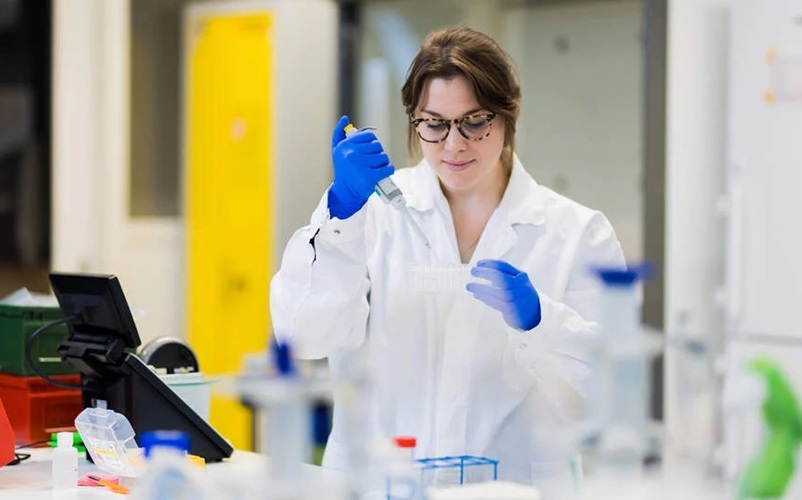Immunohistochemistry Evaluated for Tissue-Invasive Cytomegalovirus in Gastrointestinal Mucosal Biopsies
|
By LabMedica International staff writers Posted on 04 Mar 2022 |
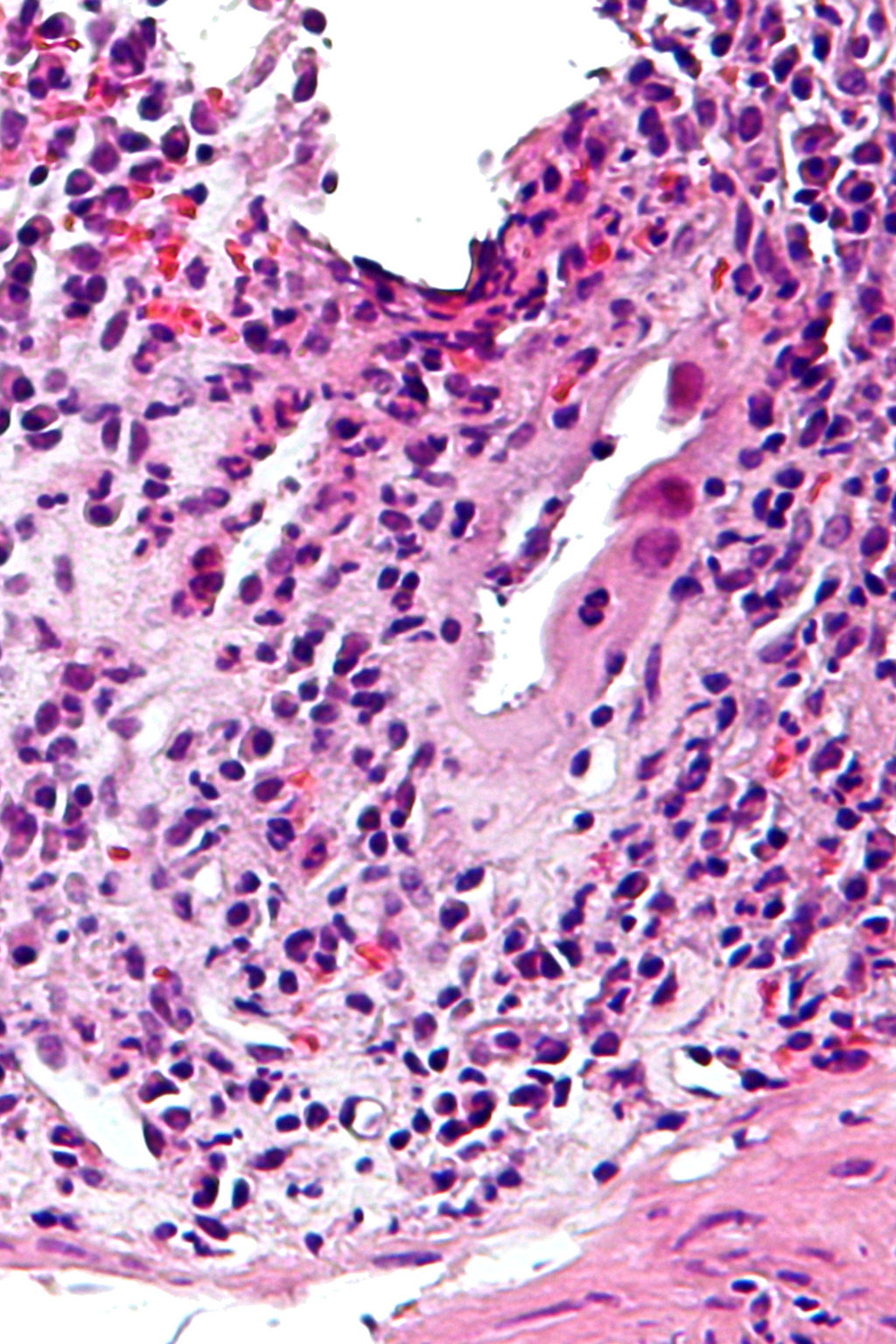
Cytomegalovirus (CMV) immunohistochemistry (IHC) is the most widely used method to diagnose CMV infection/reactivation in tissues in a pathology laboratory.
Cytomegalovirus (CMV), an encapsulated double-stranded DNA β-herpesvirus, often causes asymptomatic or mild mononucleosis-like primary infection followed by latent infection or chronic infection. About 40% to 100% of the world's adult population is seropositive for CMV.
Gastrointestinal (GI) CMV disease can manifest during primary infection or reactivation of latent virus. Reactivation of CMV is frequently seen in adults, especially in patients with immunocompromised conditions such as human immunodeficiency virus (HIV) infection, recipients of solid organ and stem cell transplant, and those with disease treated by immunosuppressive medications.
A team of pathologists at the New York University Langone Health (New York, NY, USA) included in a study total of 1,479 mucosal biopsies from the GI system. Their aim was to improve the efficiency of CMV immunohistochemistry (IHC) testing by evaluating immunopositive staining trends of tissue-invasive CMV in the gastrointestinal system. Immunohistochemistry was performed with specific antibodies against CMV (DAKO, Santa Clara, CA, USA).
The investigators reported that the overall positivity rate of CMV IHC was 4.73% (70/1,479). The positivity rate from physician-requested and pathologist-initiated tests was significantly different (7.54% versus 3.83%). Cases with severe inflammation showed a higher positive CMV rate than those with mild inflammation (5.37% versus 2.6%). Cytomegalovirus positivity in biopsies from post-transplant patients, inflammatory bowel disease, human immunodeficiency virus (HIV)/common variable immunodeficiency (CVID), cancer, and others was 19.69%, 3.84%, 23.33%, 9.0%, and 2.84%, respectively.
The positivity rate among post-transplant, HIV/CVID, or cancer patients was significantly higher than in other populations. Cases tested with multiple tissue blocks generated a higher positivity rate than those with a single block (7.77% versus 3.23%). Testing three to four blocks per case almost tripled the positive CMV detection rate (9.04%). Interestingly, using five or more blocks did not further ameliorate the positive CMV detection rate.
The authors concluded that physician request, immunosuppression, multiple blocks, and severe inflammation were strongly related to positive CMV IHC detection rate. These findings might provide value in helping pathologists manage CMV IHC testing more efficiently. The study published in the March 2022 issue of the journal Archives of Pathology and Laboratory Medicine.
Related Links:
New York University Langone Health
DAKO
Latest Pathology News
- AI Tool Outperforms Doctors in Spotting Blood Cell Abnormalities
- AI Tool Rapidly Analyzes Complex Cancer Images for Personalized Treatment
- Diagnostic Technology Performs Rapid Biofluid Analysis Using Single Droplet
- Novel Technology Tracks Hidden Cancer Cells Faster
- AI Tool Improves Breast Cancer Detection
- AI Tool Predicts Treatment Success in Rectal Cancer Patients
- Blood Test and Sputum Analysis Predict Acute COPD Exacerbation
- AI Tool to Transform Skin Cancer Detection with Near-Perfect Accuracy
- Unique Immune Signatures Distinguish Rare Autoimmune Condition from Multiple Sclerosis
- Simple Optical Microscopy Method Reveals Hidden Structures in Remarkable Detail
- Hydrogel-Based Technology Isolates Extracellular Vesicles for Early Disease Diagnosis
- AI Tool Improves Accuracy of Skin Cancer Detection
- Highly Sensitive Imaging Technique Detects Myelin Damage
- 3D Genome Mapping Tool to Improve Diagnosis and Treatment of Genetic Diseases
- New Molecular Analysis Tool to Improve Disease Diagnosis
- Tears Offer Noninvasive Alternative for Diagnosing Neurodegenerative Diseases
Channels
Clinical Chemistry
view channel
Chemical Imaging Probe Could Track and Treat Prostate Cancer
Prostate cancer remains a leading cause of illness and death among men, with many patients eventually developing resistance to standard hormone-blocking therapies. These drugs often lose effectiveness... Read more
Mismatch Between Two Common Kidney Function Tests Indicates Serious Health Problems
Creatinine has long been the standard for measuring kidney filtration, while cystatin C — a protein produced by all human cells — has been recommended as a complementary marker because it is influenced... Read moreMolecular Diagnostics
view channel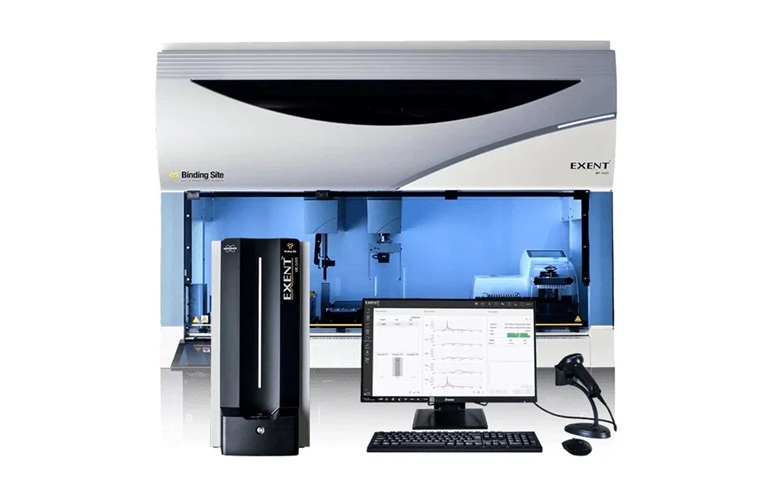
First-Of-Its-Kind Automated System Speeds Myeloma Diagnosis
More than 176,000 people are diagnosed with multiple myeloma worldwide each year, yet the current diagnostic pathway can be slow and uncertain, often relying on a highly subjective interpretation of test results.... Read more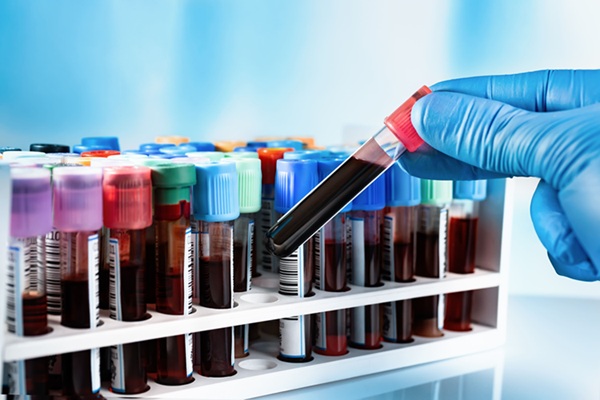
Blood Protein Profiles Predict Mortality Risk for Earlier Medical Intervention
Elevated levels of specific proteins in the blood can signal increased risk of mortality, according to new evidence showing that five proteins involved in cancer, inflammation, and cell regulation strongly... Read moreHematology
view channel
Platelet Activity Blood Test in Middle Age Could Identify Early Alzheimer’s Risk
Early detection of Alzheimer’s disease remains one of the biggest unmet needs in neurology, particularly because the biological changes underlying the disorder begin decades before memory symptoms appear.... Read more
Microvesicles Measurement Could Detect Vascular Injury in Sickle Cell Disease Patients
Assessing disease severity in sickle cell disease (SCD) remains challenging, especially when trying to predict hemolysis, vascular injury, and risk of complications such as vaso-occlusive crises.... Read more
ADLM’s New Coagulation Testing Guidance to Improve Care for Patients on Blood Thinners
Direct oral anticoagulants (DOACs) are one of the most common types of blood thinners. Patients take them to prevent a host of complications that could arise from blood clotting, including stroke, deep... Read moreImmunology
view channel
Gene Signature Test Predicts Response to Key Breast Cancer Treatment
DK4/6 inhibitors paired with hormone therapy have become a cornerstone treatment for advanced HR+/HER2– breast cancer, slowing tumor growth by blocking key proteins that drive cell division.... Read more
Chip Captures Cancer Cells from Blood to Help Select Right Breast Cancer Treatment
Ductal carcinoma in situ (DCIS) accounts for about a quarter of all breast cancer cases and generally carries a good prognosis. This non-invasive form of the disease may or may not become life-threatening.... Read moreMicrobiology
view channel
Rapid Assay Identifies Bloodstream Infection Pathogens Directly from Patient Samples
Bloodstream infections in sepsis progress quickly and demand rapid, precise diagnosis. Current blood-culture methods often take one to five days to identify the pathogen, leaving clinicians to treat blindly... Read more
Blood-Based Molecular Signatures to Enable Rapid EPTB Diagnosis
Extrapulmonary tuberculosis (EPTB) remains difficult to diagnose and treat because it spreads beyond the lungs and lacks easily accessible biomarkers. Despite TB infecting 10 million people yearly, the... Read more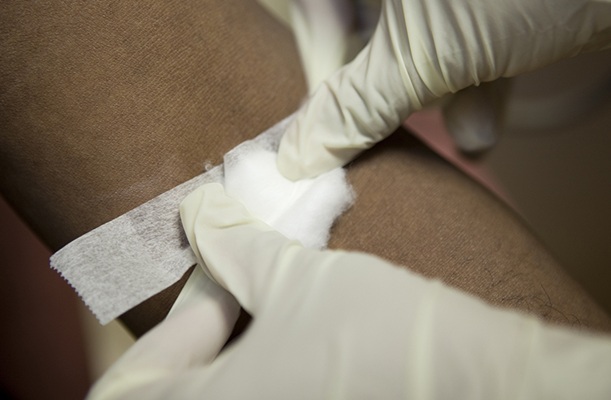
15-Minute Blood Test Diagnoses Life-Threatening Infections in Children
Distinguishing minor childhood illnesses from potentially life-threatening infections such as sepsis or meningitis remains a major challenge in emergency care. Traditional tests can take hours, leaving... Read more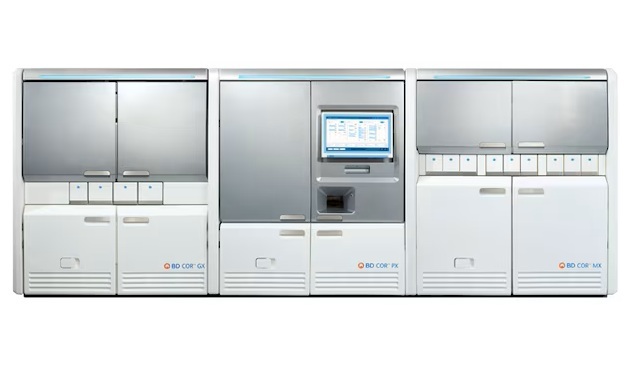
High-Throughput Enteric Panels Detect Multiple GI Bacterial Infections from Single Stool Swab Sample
Gastrointestinal (GI) infections are among the most common causes of illness worldwide, leading to over 1.7 million deaths annually and placing a heavy burden on healthcare systems. Conventional diagnostic... Read moreTechnology
view channel
AI Saliva Sensor Enables Early Detection of Head and Neck Cancer
Early detection of head and neck cancer remains difficult because the disease produces few or no symptoms in its earliest stages, and lesions often lie deep within the head or neck, where biopsy or endoscopy... Read more
AI-Powered Biosensor Technology to Enable Breath Test for Lung Cancer Detection
Detecting lung cancer early remains one of the biggest challenges in oncology, largely because current tools are invasive, expensive, or unable to identify the disease in its earliest phases.... Read moreIndustry
view channel
Abbott Acquires Cancer-Screening Company Exact Sciences
Abbott (Abbott Park, IL, USA) has entered into a definitive agreement to acquire Exact Sciences (Madison, WI, USA), enabling it to enter and lead in fast-growing cancer diagnostics segments.... Read more







 Analyzer.jpg)





